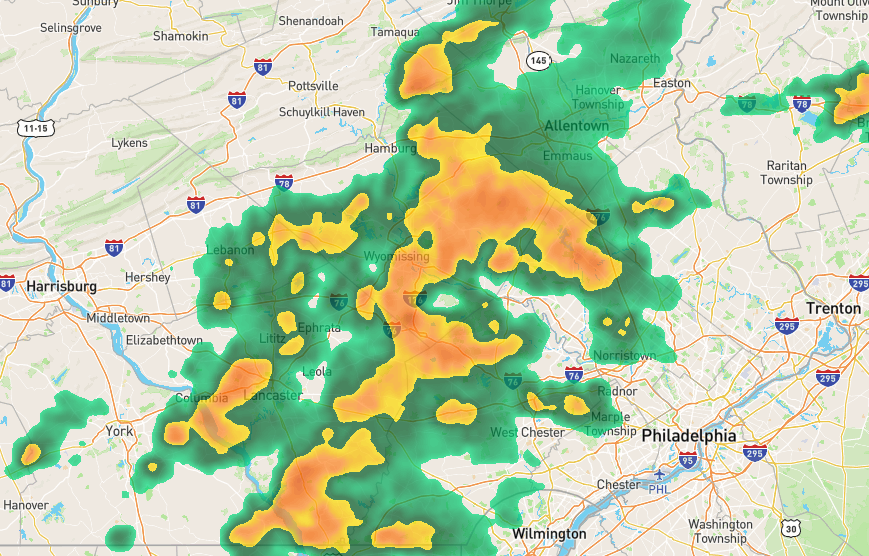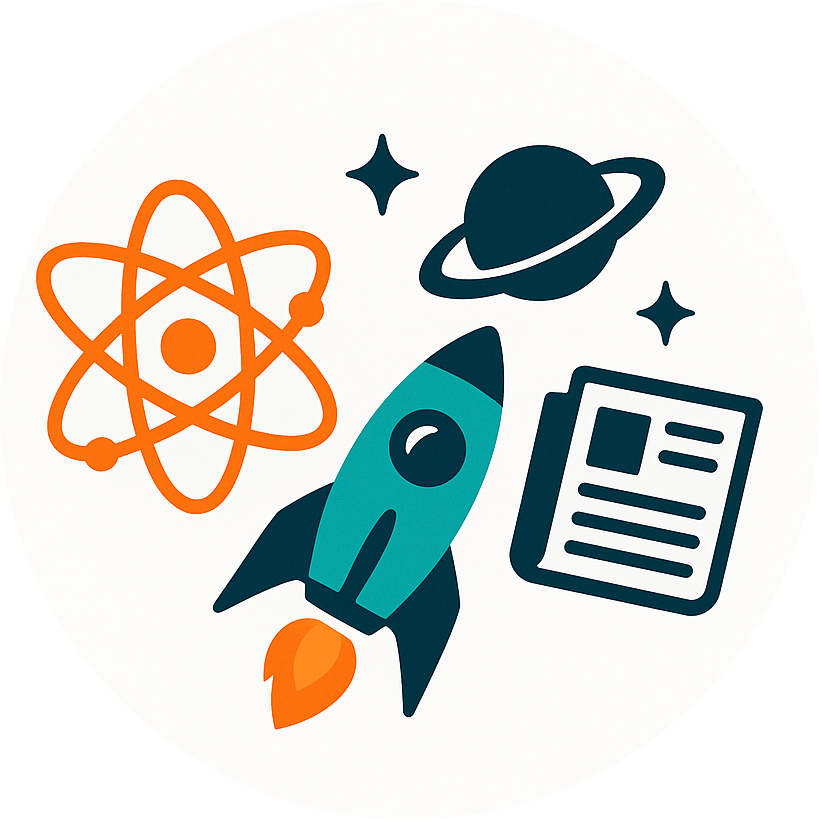
This AI Predicts Rain with 99% Accuracy
It’s 6 a.m., and you’re staring at your weather app. Will it pour during your commute or stay dry until lunch? We rely on forecasts for everything—planning weddings, watering crops, even prepping for floods. But what if the estimates you trust are barely better than a guess?
Spoiler alert: many are.
Enter a team of scientists who decided it was time for a major upgrade. Instead of relying on old-school weather models, they built a high-tech forecasting system powered by deep learning and a dash of climate wizardry. The result? A method that’s not just smart—it’s downright psychic when it comes to predicting rainfall.
Forecasting 2.0: Why We Needed a New Approach
Here’s the problem: Traditional weather forecasting methods assume nature is neat and predictable. Think straight lines and smooth curves. But rainfall is messy. It’s sudden downpours, weird seasonal shifts, and climate chaos all rolled into one.
Add in climate change, and it’s like trying to predict a toddler’s mood—erratic, extreme, and definitely not linear.
That’s where artificial intelligence (AI) steps in. This research team fused deep learning models with real-world rain data and future climate projections to create something smarter, faster, and more reliable.
Their tool of choice? A neural network called LSTM—Long Short-Term Memory. It’s like a goldfish with a photographic memory. It remembers rainfall patterns from days, weeks, and even seasons ago to figure out what might happen tomorrow.
The Secret Sauce: Data Fusion and Deep Learning
Let’s break it down:
- Observed Data: What actually happened—rainfall recorded on the ground.
- Climate Projections: What might happen—simulations of future weather from climate models.
- Fusion: Combine both into a mega-dataset to train the AI.
Then they trained three different machine learning models:
- LSTM, the memory champ.
- Exponential Gaussian Process Regression (GPR), a math-heavy model great for uncertainty.
- Efficient Linear Support Vector Machine (ELSVM), a fast, no-frills model that’s good with trends.
The goal? See which one could best predict rain across daily, 3-day, and weekly timelines in Malaysia’s monsoon-prone Kenyir Lake region.
Spoiler #2: LSTM crushed the competition in daily forecasts, hitting a jaw-dropping R² of 0.99. That means it explained 99% of the variation in actual rainfall—an almost unheard-of feat in weather prediction.
A Tale of Three Models
To make this research relatable, let’s imagine three friends trying to predict if it’ll rain tomorrow.
LSTM is the overachiever. They read the last 200 weather reports, follow cloud patterns like a detective, and remember what happened last year on the same date. Their guess? Spookily accurate.
GPR is the cautious one. They hedge their bets, saying, “There’s a 70% chance of light rain, but hey, who knows?” They’re not bad—especially for mid-range forecasts—but they panic a bit when things get extreme.
ELSVM? They’re the friend who always says, “It’ll probably be fine.” Good with averages, terrible during a storm.
Here’s how they performed:
- Daily Forecasts: LSTM wins by a landslide.
- 3-Day Forecasts: GPR edges ahead, slightly more stable over the mid-range.
- Weekly Forecasts: Surprisingly, ELSVM holds its own, thanks to its simplicity and consistency.
But make no mistake: when the rain gets wild, LSTM is still your best bet.
Why This Matters (A Lot)
Rain isn’t just about umbrellas and soggy shoes. For millions of people, it’s life or death. Farmers need to know when to plant. Emergency managers need time to prep for floods. Cities need to predict runoff to avoid sewage overflows.
And climate change is making all of this harder. The past is no longer a perfect guide to the future. That’s why the fusion of actual rain data with climate model projections is such a game-changer. It’s like forecasting in HD instead of fuzzy black-and-white.
By using AI that adapts to new patterns—like rising temperatures or shifting storm paths—these models can help communities build resilience and reduce disaster risk.
The Catch: Still Some Storm Clouds Ahead
Even the best models aren’t perfect. Heavy rainfall events remain tricky. LSTM can “smooth out” extremes. GPR might downplay a sudden deluge. And no model can make magic out of missing or low-quality data.
Also, models trained in one region might flop in another unless they’re fine-tuned to local conditions. Still, this research proves that with the right tools—and enough data—we’re getting better at staying one step ahead of the storm.
Let’s Explore Together
Want to know what the future holds for weather forecasting? Or how you can use smart predictions in your job, farm, or community?
Let’s keep the conversation going:
- What would you do if you could predict rainfall with 99% accuracy?
- How do you think climate change should shape our planning tools?
- What’s the wildest weather you’ve ever experienced—and how would better forecasts have helped?
Share your thoughts, repost this blog, or tag us in your own weather wisdom. Rain or shine, science is getting smarter—and so can we.



